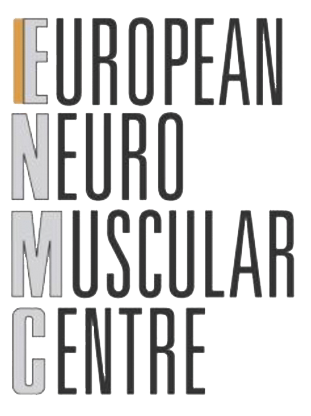#apaperaday: Longitudinal Assessment of Creatine Kinase, Creatine/Creatinine ratio, and Myostatin as Monitoring Biomarkers in Becker Muscular Dystrophy
In today’s #apaperaday, Prof. Aartsma-Rus reads and comments on the paper titled: Longitudinal Assessment of Creatine Kinase, Creatine/Creatinine ratio, and Myostatin as Monitoring Biomarkers in Becker Muscular Dystrophy
Today’s pick is by van de Velde from LUMC Leiden colleagues on longitudinal biomarkers for function & progression in Becker muscular dystrophy in Neurology. Doi: 10.1212/WNL.0000000000201609
Becker muscular dystrophy (BMD) is a progressive muscle wasting disease caused by variants in the dystrophin gene that allow production of partially functional dystrophins. Compared to Duchenne, which is caused by lack of dystrophin, the disease is more rare and less severe.
Also variability between Becker patients is larger. The rarity and variability makes conducting clinical trials challenging. Here authors set out to study whether blood serum markers might correlate to muscle function and disease progression.
Authors included creatine/creatinine ratios (cr/crn) myostatin and creatine kinase (CK) as candidates. CK is less ideal as it is influenced by activity, muscle damage & quality. Myostatin inhibits muscle growth. In Duchenne levels are very low, while they are higher in Becker.
The cr/crn reflects how much creatine is converted into creatinine by CK. This is a process that is happening in muscle at a stable rate. Less muscle means less conversion so higher cr/crn ratios.
Authors studied these markers in a Dutch cohort of BMD patients followed for 4 years. 34 patients had a combined 123 visits. Due to sample availability not each analysis was always done: cr/crn, myostatin and CK data were available for 106, 99 and 87 samples respectively. 8 patients were non ambulant. As expected baseline function was variable (e.g. NSAA from 5-34) between patients. Cr/crn ratios negatively correlated with baseline function (6 minute walk test, NSAA and 10 meter run velocity), while myostatin was positively correlated.
Cr/crn and myostatin did not correlate with age and levels were very patient specific. CK levels did correlate with age (lower for older patients) and levels were less individualized. None of the markers correlated with dystrophin levels (available for 20 patients). Cr/crn ratio also correlated with disease progression in the 6 minute walk test. Authors discuss that myostatin levels were lower in non ambulatory patients and explain perhaps no correlation was found for NSAA progression because of a floor and ceiling effect in a subset of patients.
Lack of correlation between dystrophin levels and function fits with earlier findings and supports the hypothesis that if you have enough dystrophin at birth to clinically develop BMD, higher levels of dystrophin do not improve progression.
Authors outline that more work is needed with longer analyses and larger numbers. Looking forward to additional data from this group and others who study BMD. Congrats to Pietro Spitali and other LUMC and also CTAP authors and other collaborators on this work!







